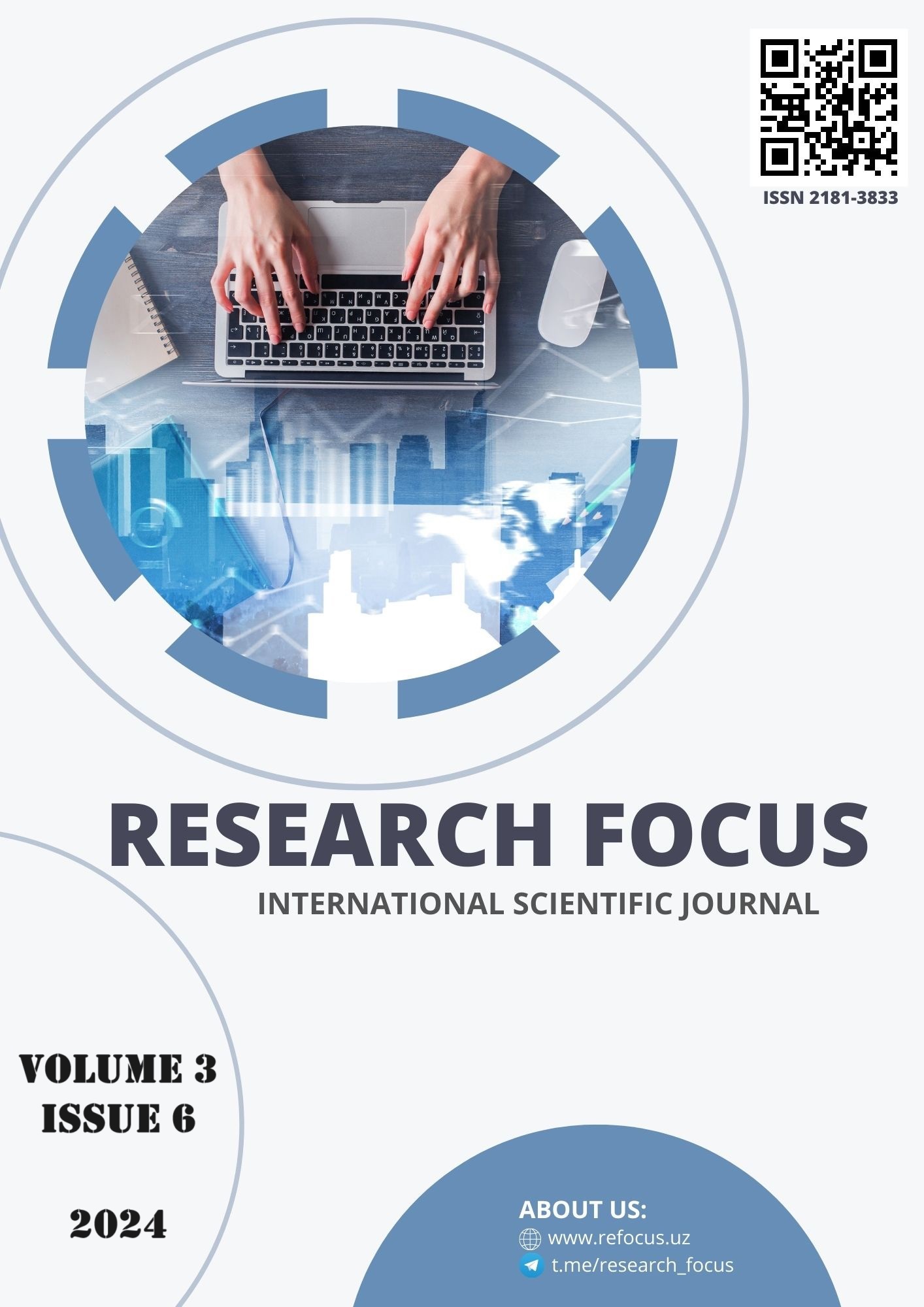THE ROLE OF CULTURAL UNDERSTANDING IN TEACHING ENGLISH AS A SECOND LANGUAGE
Main Article Content
Abstract
This study explores the critical role of cultural understanding in teaching English as a Second Language (ESL). As globalization increases intercultural interactions, ESL educators must incorporate cultural awareness into their teaching methodologies to enhance language acquisition and student engagement. The research highlights how cultural competence facilitates better communication, fosters inclusive learning environments, and addresses cultural biases that may impede learning. Through qualitative analysis of classroom practices and case studies, this article demonstrates the benefits of integrating cultural elements into ESL curricula. Findings suggest that culturally responsive teaching strategies not only improve linguistic proficiency but also promote mutual respect and understanding among diverse student populations.
Article Details

This work is licensed under a Creative Commons Attribution 4.0 International License.
References
Black, P., & Wiliam, D. (1998). Assessment and Classroom Learning. Assessment in Education: Principles, Policy & Practice, 5(1), 7-74.
Brookhart, S. M. (2008). How to Give Effective Feedback to Your Students. Association for Supervision and Curriculum Development..
Chapelle, C. A. (2003). English Language Learning and Technology: Lectures on Applied Linguistics in the Age of Information and Communication Technology. John Benjamins Publishing Company.
Ebbinghaus, H. (1913). Memory: A Contribution to Experimental Psychology (H. A. Ruger & C. E. Bussenius, Trans.). Teachers College, Columbia University. (Original work published 1885)
Hattie, J., & Timperley, H. (2007). The Power of Feedback. Review of Educational Research, 77(1), 81-112.
Hughes, A. (2003). Testing for Language Teachers. Cambridge University Press.
Larsen-Freeman, D. (2000). Techniques and Principles in Language Teaching. Oxford University Press.
Nation, I. S. P. (2001). Learning Vocabulary in Another Language. Cambridge University Press.
Robin, B. R. (2008). Digital storytelling: A powerful technology tool for the 21st-century classroom. Theory Into Practice, 47(3), 220-228.
Schmitt, N. (2000). Vocabulary in Language Teaching. Cambridge University Press.
Stoller, F. L. (2006). Establishing a theoretical foundation for project-based learning in second and foreign language contexts. In G. H. Beckett & P. C. Miller (Eds.), Project-based second and foreign language education: Past, present, and future. Information Age Publishing.
Thornbury, S. (2005). How to Teach Speaking. Pearson Longman.
Tomlinson, C. A. (2001). How to Differentiate Instruction in Mixed-Ability Classrooms. Association for Supervision and Curriculum Development.

